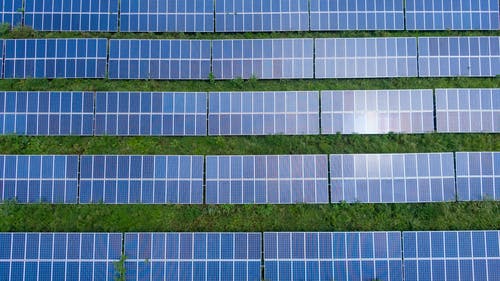Ohio Power Board Approves 250 Megawatts of Solar Projects

The Ohio Power Siting Board on Aug. 18 approved the construction of two utility-scale solar farms totaling 250 megawatts. The projects comprise the 150 megawatt-Wild Grains and 100 megawatt-Nottingham projects slated for development in Van Wert and Harrison counties, respectively.
Spanish utility Iberdrola subsidiary Avangrid is developing Wild Grains and expects construction on the project to begin as early as this quarter, with commercial operations starting up in 2023 or 2024. The solar facility will occupy 818 acres within a 2,312-acre project area. The developer expects the project to have about a 26.2 percent capacity factor, supplying 340,000-megawatt hours during its first year of generating electricity. A project’s capacity factor describes its actual generation relative to its theoretical maximum output, which can be influenced by factors such as the technology used in construction and the solar potential at a development site. The electricity generated by the facility will be transferred to the PJM Interconnection transmission grid for sale at wholesale or under a power purchase agreement.
US-based renewable energy project developer BQ Energy is developing the Nottingham project at a reclaimed coal mine and expects it to begin operating by the end of 2023. The solar facility will occupy 580 acres within a 1,200-acre project area. The company anticipates the project’s capacity factor to land at about 20.7 percent, equating to 181,219-megawatt hours for the PJM Interconnection transmission grid during its first year of generating electricity.
Both projects are expected to provide economic stimulus during construction by providing jobs and local contracts for goods and services, and long-term revenue to landowners and the community. The project will contribute tax revenues to local taxing jurisdictions throughout the project life. The solar facilities are also expected to support numerous jobs during project construction.
Ohio’s renewable portfolio standard requires utilities in the state to use resources like solar and wind for 8.5 percent of their retail sales by 2026. In 2019, the state reduced the requirement from 12.5 to 8.5 percent.
EnerKnol Pulses like this one are powered by the EnerKnol Platform—the first comprehensive database for real-time energy policy tracking. Sign up for a free trial below for access to key regulatory data and deep industry insights across the energy spectrum.
ACCESS FREE TRIAL